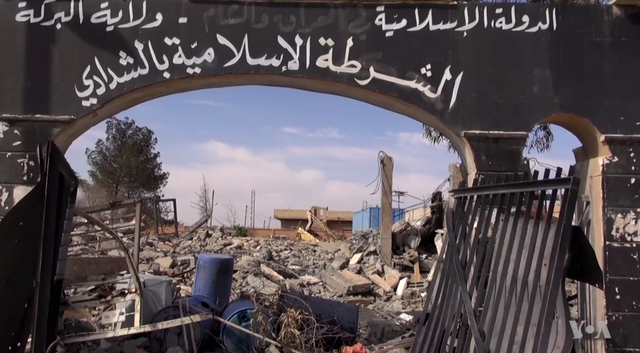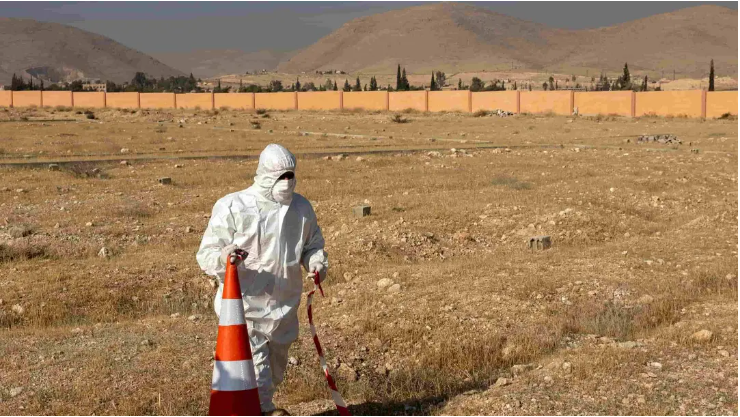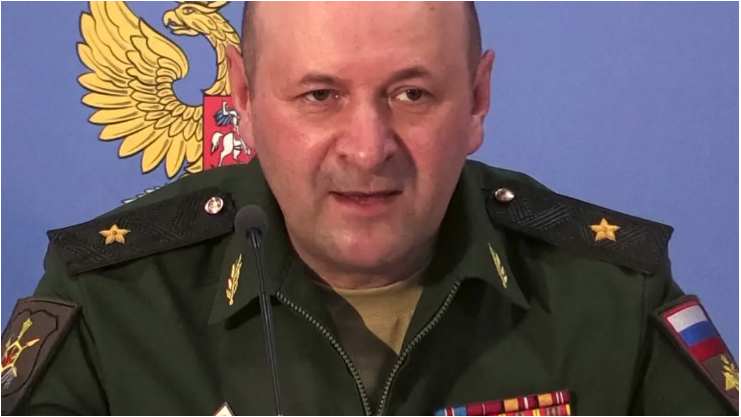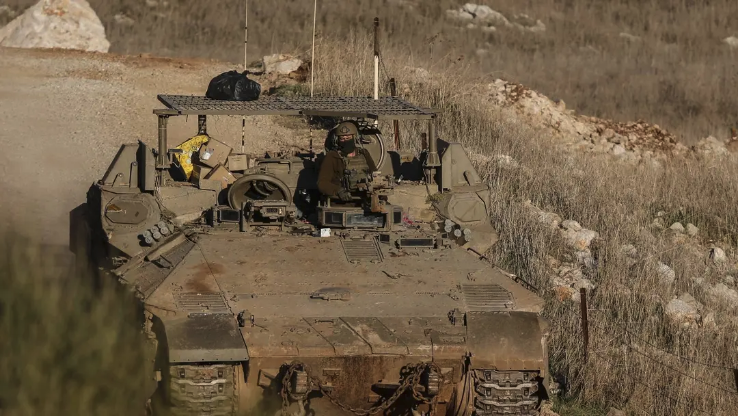Islamic State Group Confirms Leader's Death
On Thursday, the Islamic State group (IS) confirmed the death of its leader, Abu Hussein al-Husseini al-Qurashi, and named Abu Hafs al-Hashimi al-Qurashi as his successor.

Facts
- On Thursday, the Islamic State group (IS) confirmed the death of its leader, Abu Hussein al-Husseini al-Qurashi, and named Abu Hafs al-Hashimi al-Qurashi as his successor.1
- Abu Hussein al-Husseini al-Quraishi took over as group leader in November 2022 after his predecessor was killed in Syria.2
- In a statement, ISIS said al-Quraishi had been killed in "direct clashes" in rebel-held northwestern Syria. The battles were allegedly against the Hayaat Tahrir al-Sham organization.3
- The announcement was the militant group's first official communication on the leader's fate since Turkish Pres. Erdoğan announced the killing earlier this year.4
- Abu Hafs al-Hashimi al-Qurashi is the group's fifth leader since its inception. However, IS didn't provide any details about its new leader.1
- IS, which once controlled a third of Iraq and Syria, peaked in 2014 when it declared the territory it controlled a caliphate. Though the caliphate was defeated in Iraq in 2017 and in Syria in 2019, cells continue to carry out attacks in both countries.2
Sources: 1Al Jazeera, 2Jerusalem Post, 3Shafaq News, and 4Tvpworld.
Narratives
- Narrative A, as provided by Sky News. While it no longer controls vast areas of Iraq and Syria, IS remains a threat and continues terrorizing volatile parts of the Middle East. The group still plans to free significant numbers of its troops from Syrian prisons. The danger it poses shouldn't be underestimated.
- Narrative B, as provided by Council on Foreign Relations. Today, IS has few fighters across Iraq and Syria and cannot mount large-scale attacks in either country. Instead, its threat is overshadowed by that of its franchise affiliates in Afghanistan and parts of Africa. Refocusing on the new threat area is needed.






